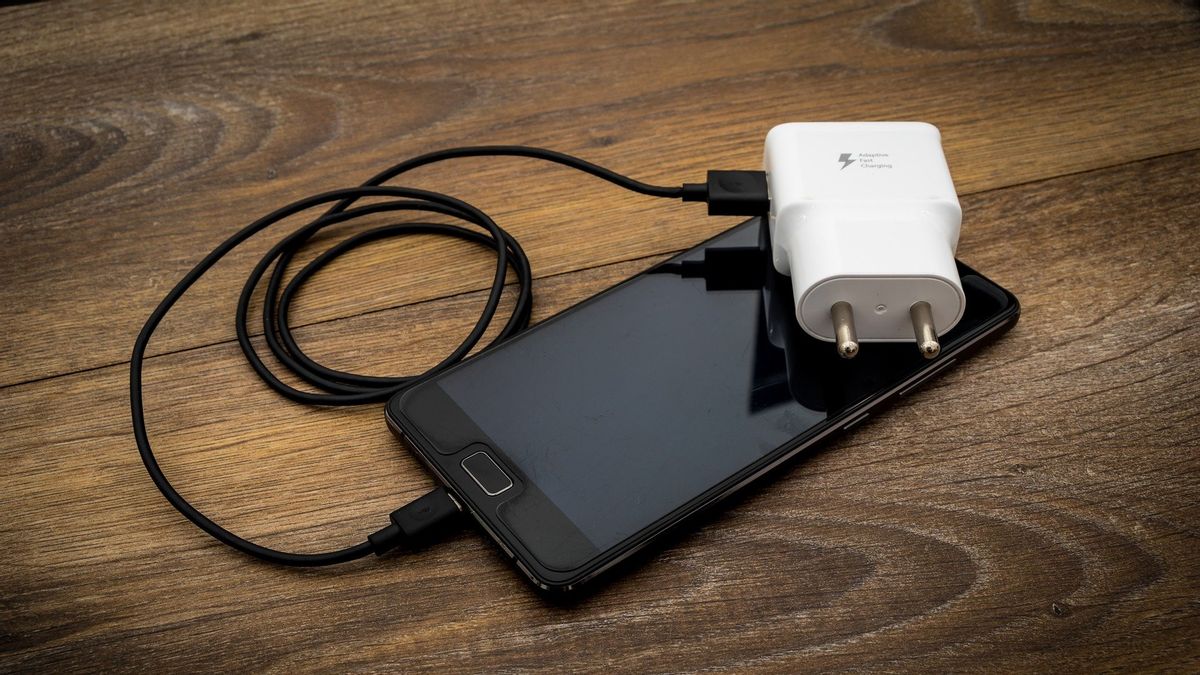JAKARTA - If you are aware of most cellphone charger cables sold in the market, they never have a length. Generally, the ORI charging cable from the sales package has a short size.
So why is it short? The answer is so that it has a resistance value (resistance) that is lower than long cables.
Low resistance to keep the voltage supplied from mains power to the charging port optimal. Where generally the optimal voltage value is around 4.18 volts, with a calculation of 3.8 + (10 percent x 3.8) mA.
So when the voltage that reaches the port is below its optimal power, of course the cellphone battery will not be fully charged. Moreover, most current charger adapters have been standardized at 5 volts DC.
If you pay attention, actually smartphone manufacturers are trying to overcome this resistance issue by increasing the size of the cable cross section so that it can be longer. It's just that, with a longer size, of course, the process of charging a cellphone battery (Li-ion) will take longer.
The longer the cable the greater the resistance value. Eventually, at some point, the length of the cable causes the voltage reaching the charging port to be below the optimal required voltage. As a result, charging the cellphone battery is not up to 100 percent and takes longer.

Because of the original cable size or short ORI, many third-party vendors offer longer cable sizes. It's just the risk, of course, the non-ORI cable doesn't have the required power standardization.
So it doesn't rule out the charging port on the cellphone can be damaged. Either the excess power is from the optimal value needed or the cable quality does not match the standard so that it can cause a short circuit.
The English, Chinese, Japanese, Arabic, and French versions are automatically generated by the AI. So there may still be inaccuracies in translating, please always see Indonesian as our main language. (system supported by DigitalSiber.id)













